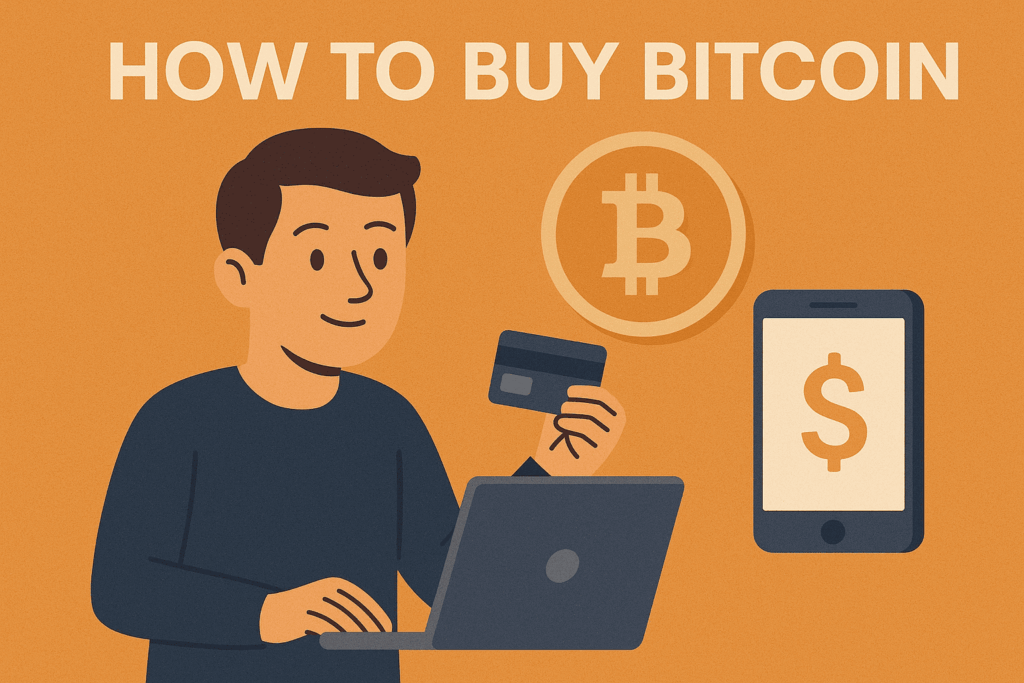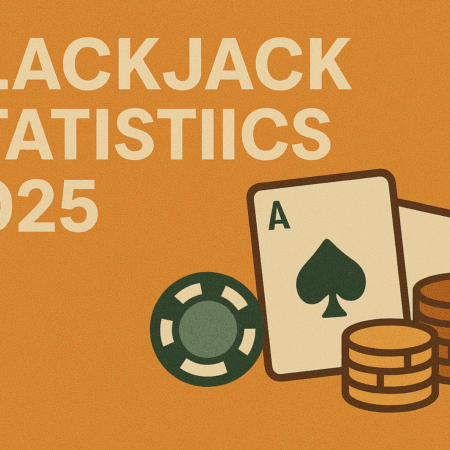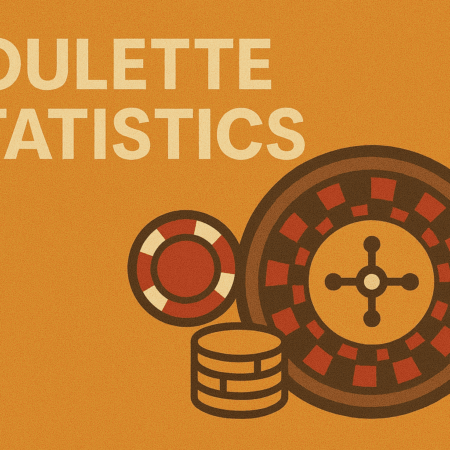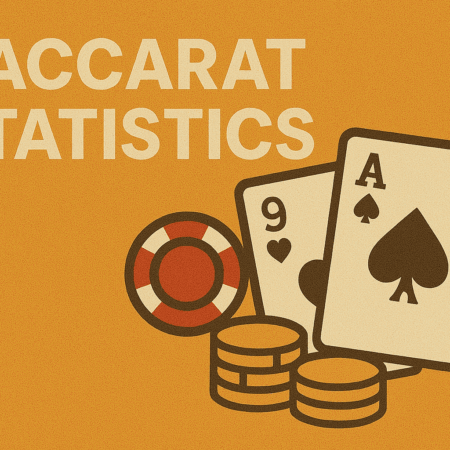
Bitcoin has come a long way since its mysterious origins in 2009. Once the domain of early tech adopters and privacy enthusiasts, it’s now a recognized asset class available to the public through mainstream financial platforms. In 2025, buying Bitcoin is easier—and safer—than ever before. Whether you’re a first-time investor or just looking for a refresher, this guide walks you through everything you need to know about purchasing Bitcoin in today’s fast-evolving crypto landscape.
- Sign-Up Offer
- FREE 500 GC + 3 SC
- No purchase necessary
- 100% First-Purchase Boost
- Daily Login Bonus: 10 FS
- Social Media Contests
- VIP Exclusive Rewards
Why Buy Bitcoin in 2025?
Bitcoin remains the most trusted and valuable cryptocurrency, often referred to as “digital gold.” As of 2025, institutional adoption is rising, and many major banks and fintech apps now offer direct Bitcoin purchases. People are buying Bitcoin for various reasons:
- As a store of value: Bitcoin’s capped supply (21 million coins) makes it appealing in times of inflation.
- As a hedge against traditional finance risks: With ongoing concerns about banking stability, Bitcoin offers a decentralized alternative.
- For global remittances and payments: Thanks to the Lightning Network, Bitcoin transactions can now be settled instantly and with near-zero fees.
- As an investment vehicle: Bitcoin ETFs and pension funds are bringing BTC into traditional portfolios.
Before buying, however, it’s important to understand the options, steps, and risks involved.
Where Can You Buy Bitcoin in 2025?
There are more platforms than ever offering Bitcoin purchases. Each offers different levels of control, fees, and compliance requirements.
1. Centralized Exchanges (CEXs)
These platforms remain the most common entry point.
- Examples: Coinbase, Binance, Kraken, Bitstamp
- Pros: Easy-to-use interfaces, high liquidity, mobile apps
- Cons: Require KYC (Know Your Customer) verification; custodial wallets mean you don’t fully control your BTC
2. Peer-to-Peer (P2P) Marketplaces
Buy directly from individuals using escrow-protected trades.
- Examples: Paxful, Bisq, HodlHodl
- Pros: More privacy, varied payment options (bank transfers, gift cards, cash)
- Cons: Slower, risk of fraud if not using escrow, variable pricing
3. Brokerage & Financial Apps
Platforms like Robinhood, Cash App, Revolut, and even PayPal now offer Bitcoin trading.
- Pros: Convenient and fast, integrated with your bank account
- Cons: May not allow BTC withdrawal to private wallets
4. Bitcoin ATMs
Physical machines found in convenience stores and shopping centers.
- Pros: Immediate and anonymous (below certain limits)
- Cons: High fees (5–10% per transaction), availability varies by location
Step-by-Step: How to Buy Bitcoin in 2025
Let’s walk through the process of buying Bitcoin using a centralized exchange like Coinbase or Kraken, which are beginner-friendly and globally trusted.
Step 1: Choose a Platform
Compare based on:
- Supported countries
- Fees
- Reputation and security
- Wallet options
Step 2: Create an Account
Register with your name, email, and password. Most platforms will require identity verification:
- Government-issued ID (passport or driver’s license)
- Selfie or video verification
- Proof of address (utility bill or bank statement)
Step 3: Secure Your Account
Enable two-factor authentication (2FA) and consider a strong password manager.
Step 4: Deposit Funds
Link your bank account, debit card, or use wire transfer. Some platforms also support Apple Pay, Google Pay, or PayPal.
⚠️ Note: Bank transfers may take 1–3 days. Cards are instant but may have higher fees.
Step 5: Buy Bitcoin
Navigate to the “Buy” section, select the amount in fiat currency (USD, EUR, etc.), and confirm the purchase.
- Market orders: Buy instantly at the best available price
- Limit orders: Set your own buy price
Step 6: Withdraw to a Wallet (Recommended)
Avoid keeping large amounts on exchanges. Move your BTC to:
- Hardware wallet: e.g., Ledger, Trezor
- Mobile wallet: e.g., BlueWallet, Muun
- Multisig or custody solutions for large holdings
Security Best Practices
Bitcoin’s value and popularity make it a target for scams and hacks. Here’s how to stay safe:
- Avoid phishing: Never click suspicious exchange links. Use bookmarks and double-check URLs.
- Use 2FA with an app (like Authy or Google Authenticator)—not SMS.
- Store seed phrases offline: Write down and store securely; never share it digitally.
- Use a hardware wallet for long-term storage.
- Regularly review transactions and wallet access logs.
Storing After Buying: What Are Your Options?
1. Custodial Wallet (Exchange-held)
Convenient but risky—if the exchange is hacked or collapses, your funds may be lost.
2. Non-Custodial Hot Wallet
Mobile or desktop wallets where only you hold the private key. Good for everyday use.
3. Cold Storage (Offline)
Hardware wallets or paper wallets offer the highest level of security.
4. Multi-signature Solutions
Require multiple keys to approve a transaction—ideal for high-net-worth individuals and institutions.
Legal & Tax Checklist (U.S. and International)
Even in 2025, crypto is still taxed in most countries. Here are some considerations:
- U.S. IRS: Treats crypto as property. Capital gains taxes apply.
- Form 8949: Must be filed for each transaction.
- Europe: Countries like Germany and Portugal have updated rules for long-term holders.
- Track your cost basis: Use crypto tax tools like CoinTracker, Koinly, or Accointing.
✅ Tip: Consult a crypto-savvy tax advisor in your jurisdiction for accurate reporting.
Conclusion: Bitcoin in 2025 Is Easier Than Ever—If You’re Informed
Buying Bitcoin in 2025 is no longer a mysterious or complex process. Whether you’re purchasing $10 worth via your phone or investing larger sums, today’s tools make it possible to get started quickly and safely. But with convenience comes responsibility—especially around custody, taxes, and security.
Start small, learn the ropes, and always follow the golden rule of crypto: “Not your keys, not your coins.”
FAQ: Buying Bitcoin in 2025
1. How much Bitcoin should I buy as a beginner?
Start with what you’re willing to lose. Many newcomers start with $50–$500 to get comfortable before investing more.
2. Is it too late to buy Bitcoin in 2025?
No. While Bitcoin’s price may be higher than in the past, its adoption curve and supply cap suggest continued long-term relevance.
3. Can I buy Bitcoin anonymously?
It depends. You can use Bitcoin ATMs or certain peer-to-peer platforms without KYC—but limits and local laws apply.
4. What’s the cheapest way to buy Bitcoin?
Bank transfers via low-fee exchanges like Kraken or Binance usually offer better rates. Avoid card payments for large purchases due to fees.
5. Is it safe to leave my Bitcoin on an exchange?
It’s not recommended. Exchanges are custodial, and hacks or closures have occurred. Always withdraw to your own secure wallet.
6. Can I use Bitcoin for purchases in 2025?
Yes! You can pay for flights, subscriptions, gift cards, and even real estate using Bitcoin. The Lightning Network has made everyday spending faster and cheaper.
7. Do I need to pay taxes when buying Bitcoin?
Buying isn’t taxable in most countries, but selling, trading, or spending BTC usually triggers capital gains. Always track your transactions.
8. What’s the best wallet for beginners?
- Mobile: Muun, Trust Wallet
- Hardware: Ledger Nano S Plus or Trezor Model One
- Browser: MetaMask (for ETH-compatible assets, not ideal for BTC only)

 Canada
Canada Deutsch
Deutsch Español
Español Português
Português



